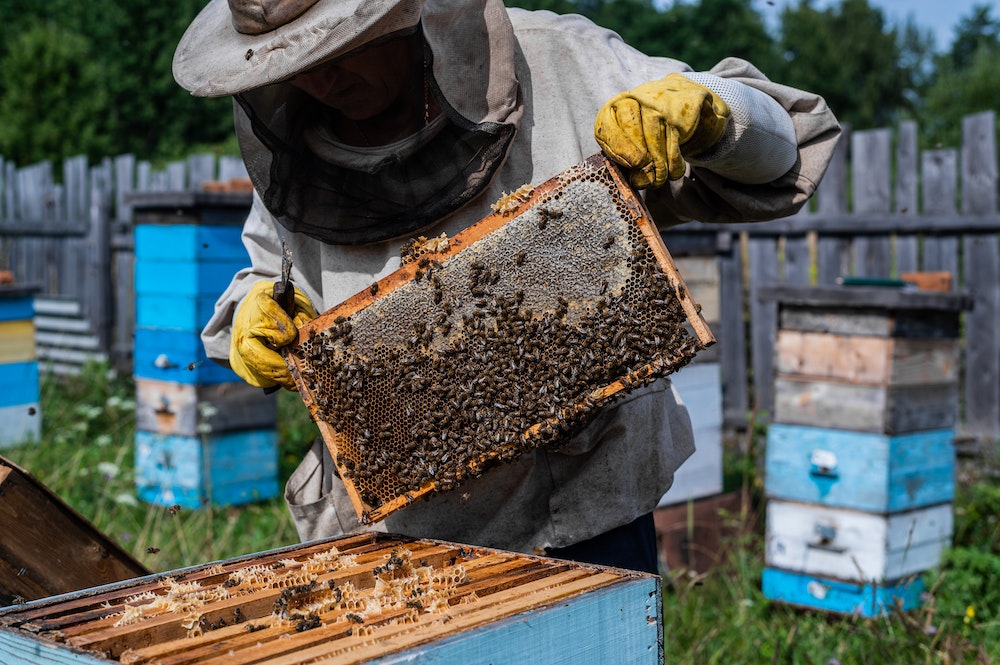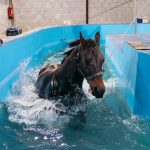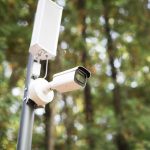In the face of increasing urbanization, the natural habitats of many pollinators, including bees, butterflies and other insects, are under threat. With dwindling open spaces, it’s high time we start fostering these indispensable species in our own urban spaces. For those of you who are garden enthusiasts or simply interested in promoting biodiversity within your community, creating a sustainable urban bee garden could be your answer. This article will guide you on how to design an urban garden that is inviting to bees and other pollinators, helping to promote their populations and the crucial role they play in our ecosystems.
The Role of Bees and Other Pollinators
Bees and other pollinating insects play a pivotal role in our ecosystem. They are critical to plant reproduction, which in turn supports the health and diversity of other wildlife.
A lire en complément : What’s the Best Way to Create a Multifunctional Guest Room with a Home Gym?
Pollinators like bees, butterflies, mosquitoes, and even some birds help plants produce fruit or seeds. They achieve this by transferring pollen from the male parts of a flower to the female parts. This results in fertilization, and subsequently the production of fruits and seeds.
Bees, in particular, are considered the star performers among pollinators, as they pollinate on a much larger scale than any other insect group. They have the ability to recognize and remember flower colors and patterns, learning to associate certain colors with food, which makes them efficient and effective pollinators.
Dans le meme genre : How Can You Maximize Attic Insulation for Energy Savings in a Victorian Terrace House?
How to Select Native Plants for Your Bee Garden
Selecting the right plants for your bee garden is crucial. Native plants are most likely to attract native pollinators, including bees, because they have evolved together and are therefore adapted to local climate, soil and native pollinators.
Firstly, you need to recognize your state’s native plants. You could use local field guides, or consult with a local nursery or botanical garden. These plants serve as the best sources of nectar and pollen for bees and other native insect species.
Remember, the goal is to provide a constant source of nectar and pollen throughout the growing season. Therefore, choose a variety of plants that bloom at different times.
Designing Your Bee Garden
When designing your bee garden, consider the space, sun, and soil conditions of your garden. Remember that bees need a sunny spot to keep warm, and many plants that attract bees also need a lot of sun.
Grouping the same plants together in clumps can also help attract more pollinators. Bees are more likely to visit larger patches of the same type of flower than single plants. Also, try to include plants of various heights and flower shapes to accommodate the different species of bees.
Leaving some bare patches of earth can provide nesting sites for ground-nesting bees. Alternatively, you can create artificial nesting sites for bees such as bee hotels, which are typically made of untreated wood and hollow stems.
The Importance of Avoiding Pesticides
Pesticides can be harmful to bees and other pollinators. Bees are particularly sensitive to these chemicals, which can lead to their death or disorientation.
Therefore, avoid using chemical pesticides in your garden. If pests become a problem, consider natural alternatives, like encouraging beneficial insects that prey on pests, or using barriers and traps.
Supporting Bees and Other Pollinators Beyond the Garden
Creating a bee-friendly garden is a great start, but there are other ways to support bees and other pollinators.
For example, you can educate others in your community about the importance of pollinators and how to create their own bee-friendly gardens. You can also participate in citizen science projects that track pollinators, such as the Great Sunflower Project or Bumble Bee Watch.
Finally, advocating for policies that protect pollinators and their habitats can help ensure their survival on a larger scale. This can involve supporting local, state, or national initiatives that aim to conserve pollinator habitats or restrict the use of harmful pesticides.
Remember, every action counts when it comes to conserving our precious pollinators. By designing a sustainable urban bee garden, you are doing your part to promote pollination and support biodiversity in your community.
Creating a Water Source and Shelter for Bees
Apart from providing a year-round supply of nectar and pollen through a diverse range of native plants, bees also require a safe water source. Bees use water for drinking, cooling their hives on hot summer days, and diluting honey for their larvae.
You can create a bee-friendly water source by filling a shallow dish or bird bath with water and placing pebbles or marbles in it for the bees to land on. Ensure the water is shallow enough to prevent the bees from drowning.
In addition to a water source, bees also need shelter. Most native bees are solitary and nest in the ground, while others prefer cavities in dead wood or hollow stems. Leaving some areas of your garden a bit wild can provide habitat for these bees. You could also consider installing bee hotels, which are structures with small holes where bees can nest.
A bee hotel can be purchased or easily built using untreated wood and hollow stems. They are best placed in a sunny, sheltered spot, ideally facing southeast or south. However, remember to regularly clean and maintain your bee hotel to prevent the spread of diseases and parasites among bee populations.
The Significance of Bee Gardens in Urban Areas
Urban areas often lack the diverse plant life and open spaces that bees and other pollinators need to survive. However, by creating a sustainable urban bee garden, we can help support these essential creatures and promote biodiversity in our cities.
Creating pollinator-friendly habitats in urban areas can help counteract the loss of natural habitats due to urbanization. Even small gardens can make a big difference, as they can serve as stepping stones that connect larger green spaces, allowing pollinators to move freely across urban areas.
Moreover, urban bee gardens not only benefit bees and other pollinators, but they can also have positive impacts on humans. These gardens can contribute to urban cooling, improve air and water quality, and boost local food production through improved pollination of fruit trees and vegetable gardens. On top of this, they can provide aesthetic and psychological benefits for city dwellers, offering peaceful green spaces in the midst of urban hustle and bustle.
Conclusion
In conclusion, creating a sustainable urban bee garden is a rewarding way to contribute to the survival of bees and other pollinators. By selecting a range of native plants that bloom at different times, providing a safe water source and shelter, and avoiding harmful pesticides, you can create a haven for bees in your own backyard.
However, it’s important to remember that preserving pollinator populations requires a collective effort. Therefore, sharing your knowledge with your community, participating in citizen science projects, and advocating for pollinator-friendly policies can make a significant difference.
So, whether you’re a seasoned gardener or a beginner, consider transforming your garden into a sanctuary for bees. After all, these tiny creatures not only enrich our gardens but also play a crucial role in sustaining our ecosystems and food supply. With every pollinator garden created, we take one step closer to securing a future where both humans and bees can thrive.











